Collection |
Collections
Filters
-
Collection Type
-
-
Collection |
 Disability inclusion in chemistry
Disability inclusion in chemistry
A collection to highlight an all-too-often overlooked aspect of DEI in chemistry: disability.
Image: Carl Conway -
Collection |
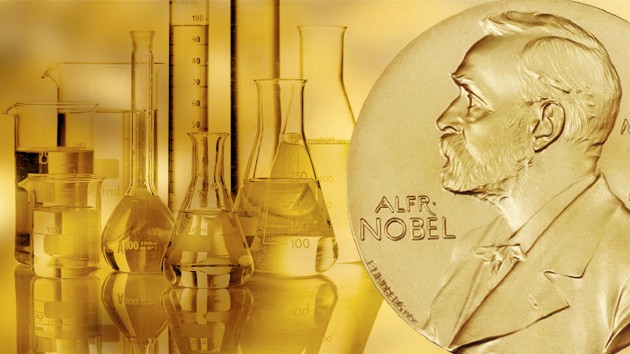 Nobel Prize in Chemistry 2023
Nobel Prize in Chemistry 2023
The 2023 Nobel Prize in chemistry has been awarded to Moungi G. Bawendi, Louis E. Brus and Alexei I. Ekimov for the discovery and synthesis of quantum dots.
Image: Springer Nature/The Nobel Foundation/Imagesource -
Collection |
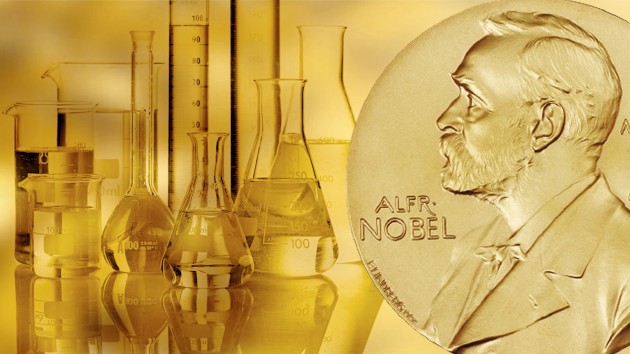 Nobel Prize in Chemistry 2022
Nobel Prize in Chemistry 2022
The 2022 Nobel Prize in Chemistry has been awarded to Carolyn R. Bertozzi, Morten Meldal and K. Barry Sharpless for the development of click chemistry and bioorthogonal chemistry.
Image: Springer Nature/The Nobel Foundation/Imagesource -
Collection |
 Nobel Prize in Chemistry 2021
Nobel Prize in Chemistry 2021
The 2021 Nobel Prize in Chemistry has been awarded to Benjamin List and David MacMillan for the development of asymmetric organocatalysis.
Image: Springer Nature/The Nobel Foundation/Imagesource -
Collection |
 Celebrating 15 Years of Covalent Organic Frameworks
Celebrating 15 Years of Covalent Organic Frameworks
This collection celebrates 15 years of research on covalent organic frameworks and highlights some of the contributions that were published in journals of the Nature Research portfolio. We hope you enjoy exploring these snippets on the synthesis and structure of COFs, their physical properties, and their application in fields encompassing energy, catalysis, storage and separation.
Image: 10.1038/s42004-020-0278-1 -
Collection |
 Harnessing the power of computational science
Harnessing the power of computational science
The use and development of sophisticated computing capabilities to analyse and solve real-world, challenging problems has undoubtedly revolutionized the way researchers do science.
-
Collection |
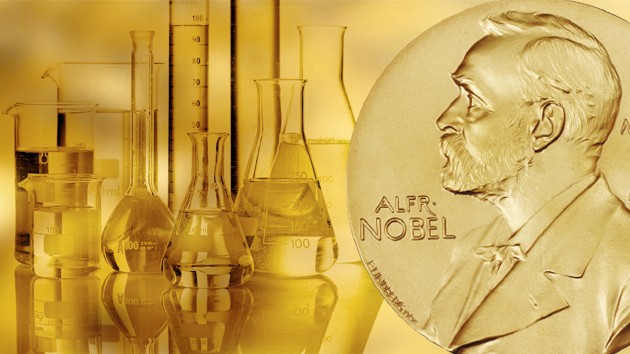 Nobel Prize in Chemistry 2019
Nobel Prize in Chemistry 2019
The 2019 Nobel Prize in Chemistry has been awarded to John Goodenough, M. Stanley Whittingham and Akira Yoshino for the development of lithium-ion batteries.
Image: Springer Nature/The Nobel Foundation/Imagesource -
Collection |
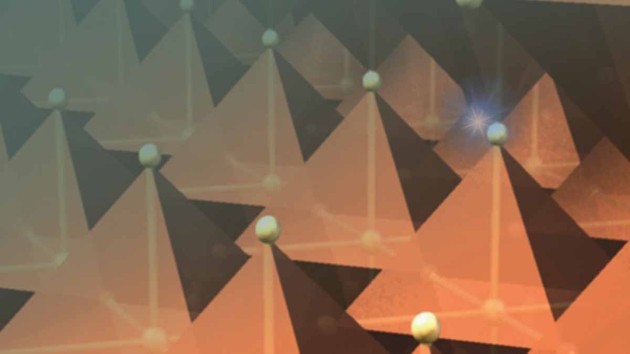 Perovskites for Optoelectronics
Perovskites for Optoelectronics
Perovskite materials have become very promising candidates for a new generation of potentially printable and efficient optoelectronic devices. Photovoltaic devices based on hybrid perovskites now achieve more than 20% photoconversion efficiency, and applications in solid-state lighting, photodetection and lasing are soaring. Their optoelectronic and photophysical properties are under intense scrutiny. This web-collection brings together a selection of multi-disciplinary research and comments published in the Nature journals that explores the basic properties of halide-based perovskite materials and their potential for application in optoelectronics, from solar cells to lasers. It serves to illustrate the road to easily processable and efficient devices by presenting both historical milestones and the crucial landmark studies published in the last 12 months in the Nature journals.
-
Collection |
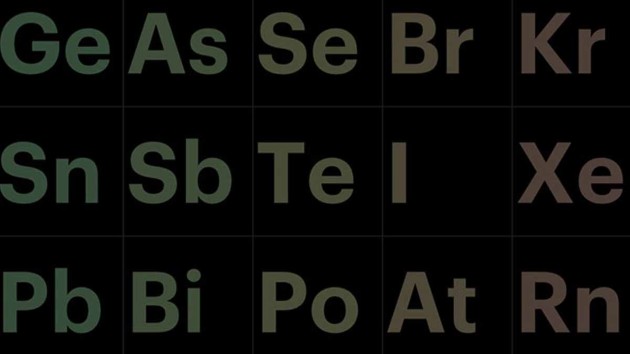 The International Year of the Periodic Table
The International Year of the Periodic Table
Nature Research celebrates the International Year of the Periodic Table
-
Collection |
 Electrocatalysis for fuels
Electrocatalysis for fuels
Efficient redox catalysis offers an important avenue in using renewable energy to process fuels. To this end, efforts in homogeneous, heterogeneous and microbial catalysis may each advance our fundamental understanding and technological capabilities.
Image: David Schilter/Rachael Tremlett -
Collection |
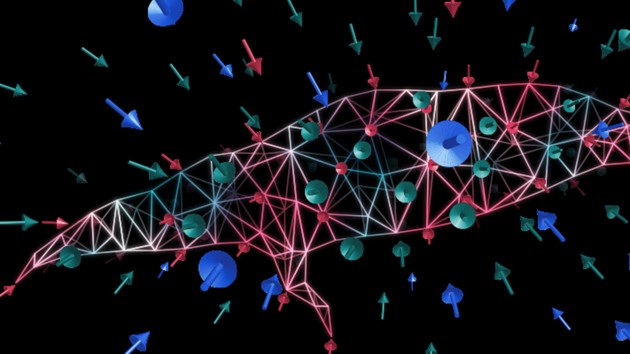 Dynamic materials for tissue engineering
Dynamic materials for tissue engineering
The tissue microenvironment is structurally and dynamically complex. Materials designed to interact with diseased or compromised tissue to induce regeneration, or to act as a scaffold for the production of tissues in the laboratory, thus need to be responsive to the microenvironment. For this, researchers leverage increased knowledge of the importance of the spatiotemporal integration of biomaterials with the tissue environment, as well as latest developments in high-resolution technologies in imaging and in materials synthesis and fabrication. Dynamically responsive materials for use in tissue engineering respond to external stimuli or have inherent properties that trigger the targeted, timed release of integral chemical constituents or of incorporated ligands for the controlled repair or remodelling of surrounding tissue. This collection highlights recent impactful advances, published in Nature-branded journals, in such dynamic biomaterials.
Image: Tulsi Voralia

 Best Practices in Method Reporting
Best Practices in Method Reporting